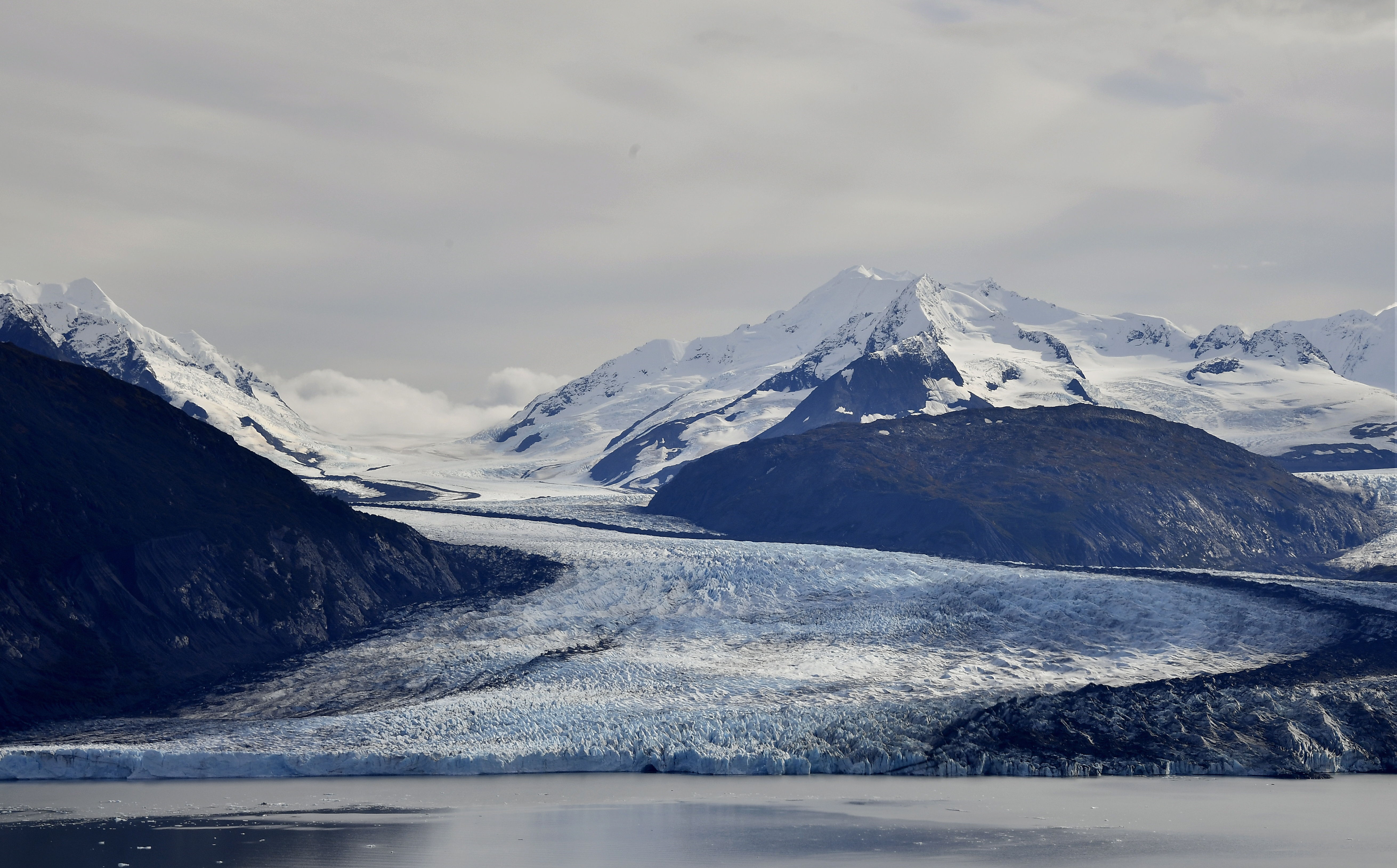Vrije Universiteit Brussel to map future of 200,000 glaciers in 3D

In October, the Vrije Universiteit Brussel (VUB) will launch a research project to map the future of 200,000 glaciers around the world using 3D models. Climate scientist Harry Zekollari hopes to record and predict the evolution of glaciers "in the context of climate change".
The 3D models will show how the glaciers will evolve by 2300 and how this will affect sea level rise. Melting glaciers account for 25 to 30 per cent of annual sea level rise, Zekollari said in a press release. Today, sea levels are rising by about 4 mm a year. "If all the glaciers were to melt, the sea level would rise by 30 to 40 cm," he said.
Not a distant future
Melting glaciers are not in the distant future, said Zekollari. "Port facilities such as those in Zeebrugge and Antwerp, as well as our coastline, will certainly be affected by this rise in the relatively short term. We need to do something about it now."
"In the worst-case scenario, glaciers in the Alps could lose up to 95 per cent of their volume"
If the average temperature rise in the coming years is limited to 1.5 to 2 degrees, Zekollari predicts that a third of the glacier mass will remain. "In the worst-case scenario, glaciers in the Alps could lose up to 95 per cent of their volume," he said. Not only would that mean no more winter skiing, but it would also significantly impact water supplies.
"With projections up to the year 2300, we hope to inform long-term policy so that countries where meltwater is life-saving can take measures to ensure long-term supplies," says Zekollari. The Fund for Scientific Research (FWO) is providing almost 1 million euros for the project, which will take five years to complete.
© BELGA PHOTO ERIC LALMAND
Related news

